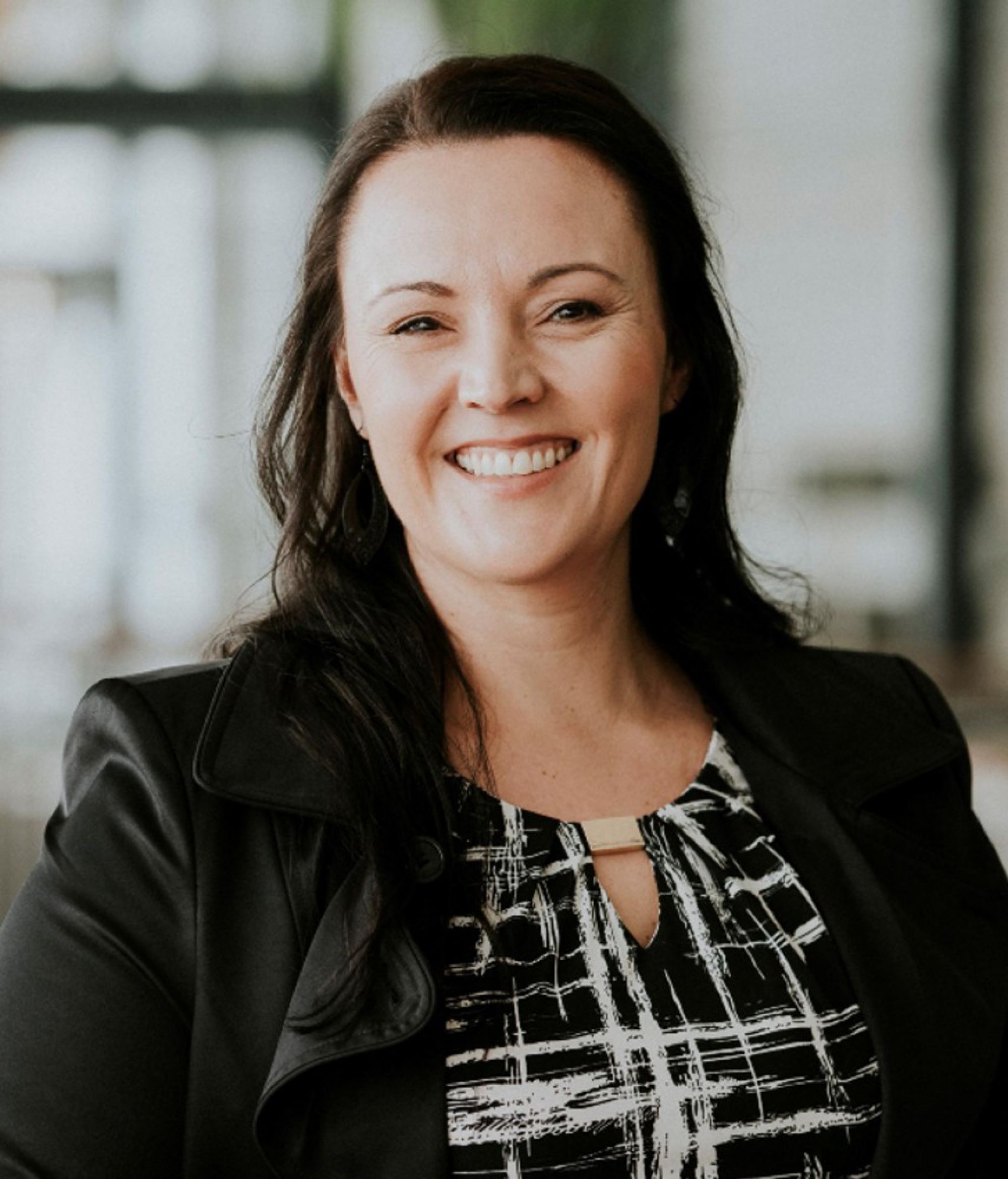While reducing out-of-pocket costs of medicine is a positive step forward, more should be done to support Australians struggling to access wound care.
Tuesday’s Federal Budget promised to deliver much-needed funding to Australia’s health and aged care sectors that will strengthen Medicare, reduce co-payments in the Pharmaceutical Benefits Scheme and improve the quality of care older Australians receive.
But more could be done to support the 420,000 chronic wound sufferers struggling to find affordable and appropriate wound care in this country.
 Wounds Australia Chair Hayley Ryan said the allocation of item numbers for wound-related care and the establishment of a sustainable wounds consumables scheme was essential. Wounds Australia Chair Hayley Ryan said the allocation of item numbers for wound-related care and the establishment of a sustainable wounds consumables scheme was essential.
“Strengthening Medicare must also allow GPs and Wound Care Clinicians to allocate time and expertise to making the right diagnosis with the right treatment at the right time to bring about healing,” Ms Ryan said. “This is made harder without the appropriate Medicare itemisation to bill their time to.
“While we are pleased that work has begun on seeking solutions to the overbearing costs of wounds consumables, patients need access to health professionals’ time and expertise to ensure a proper diagnosis, treatment and healing plan are put in place.”
Finding the appropriate care can also be a challenge for patients and their families, because many health care professionals have not undergone the kind of specialised training needed to ensure they are able to effectively prevent, diagnose, treat and heal chronic wounds.
Ms Ryan said education is critical.
“Investing in more health generalists within First Nation and rural communities is important, but it is equally important to fund access to health care specialists and experts like wound clinicians,” she said. “And generalists need access to evidence-based, specialised training and professional development to give them the necessary skills to correctly diagnosis, treat and heal wounds in these communities.
“Including dedicated wound care units in existing tertiary medical and nursing degrees would be a worthwhile investment.”
Ms Ryan congratulated Treasurer Jim Chalmers on delivering a budget that brings renewed focus on the aged care sector.
“Funding that will help aged care workers spend more time caring for our older Australians is a valuable step,” Ms Ryan said. “However, it is widely recognised within the aged care workforce that treating and managing wounds takes up a significant proportion of carers’ and nurses’ time.
“Ensuring those carers have the requisite skills and expertise to deliver best practice wound care will free up even more time by improving healing rates and positively impact the lives of these residents immeasurably – and the best way to do this is through funded access to specialised professional learning.”
Background:
- Wounds Australia is the national peak body for wound prevention, diagnosis, treatment and healing, with nearly 18,000 members and supporters across the country, including doctors, nurses, pharmacists, researchers, allied health and aged care professionals.
- Chronic wounds are wounds that have not progressed through normal healing stages within 30 days.
- They may heal very slowly, partially or reoccur. The warning signs of chronic wounds include pain and heat, odour, excess fluid and taking longer than a month to heal. Leg ulcers and pressure sores are common types of chronic wounds.
Interviews:
- Ms Hayley Ryan is available for interview.
More information:
Media contact:
Emma Noble, Director of Communications, Wounds Australia | emma.noble@woundsaustralia.org | 0432 899139
|

 Wounds Australia Chair Hayley Ryan said the allocation of item numbers for wound-related care and the establishment of a sustainable wounds consumables scheme was essential.
Wounds Australia Chair Hayley Ryan said the allocation of item numbers for wound-related care and the establishment of a sustainable wounds consumables scheme was essential.